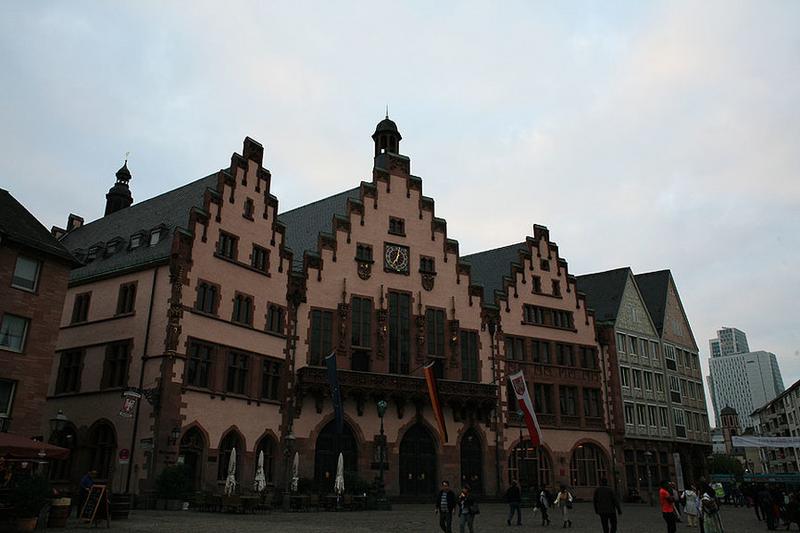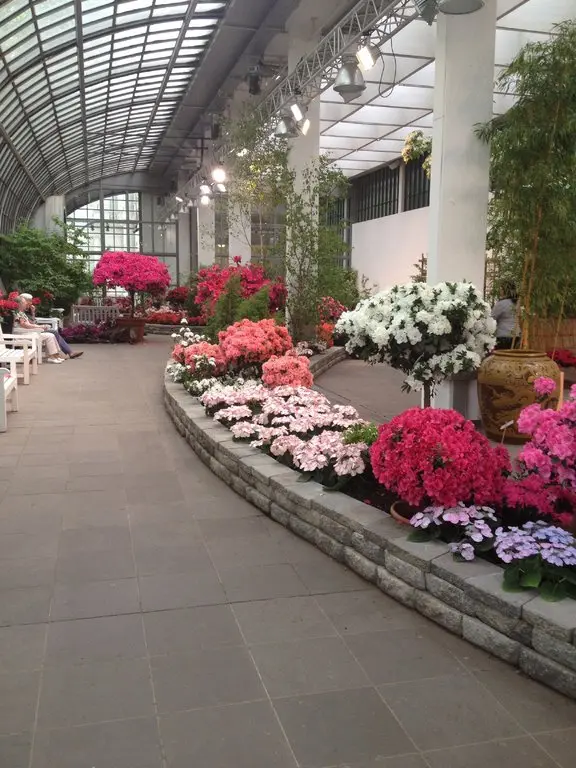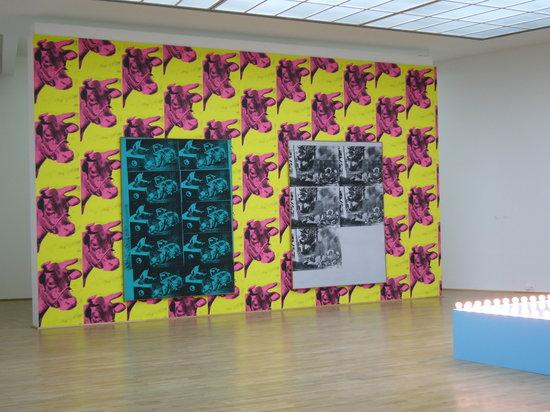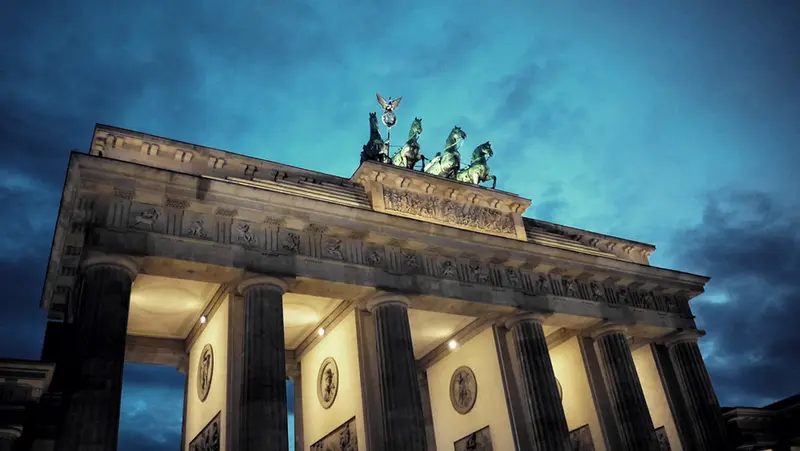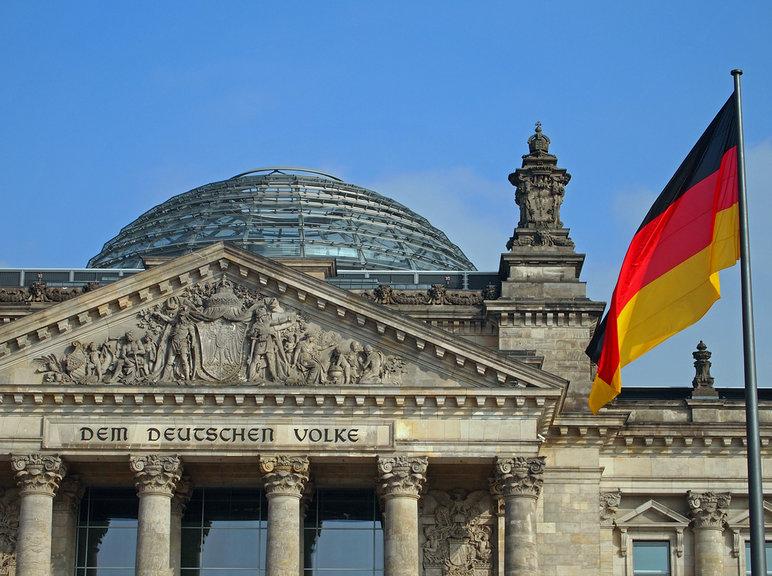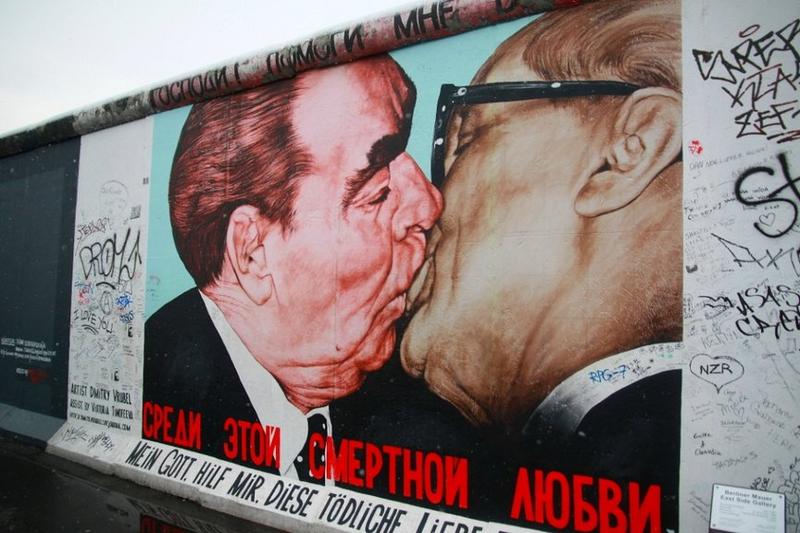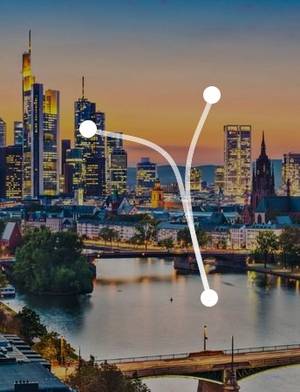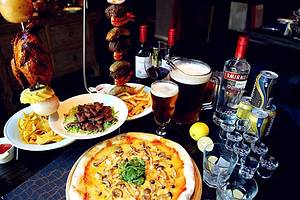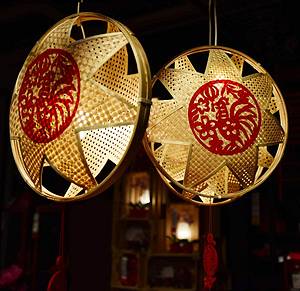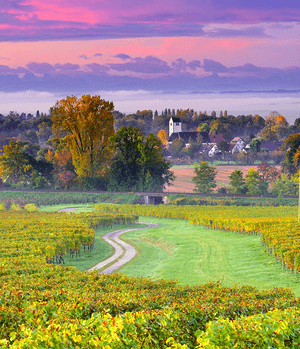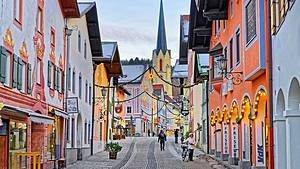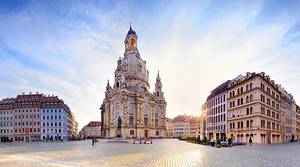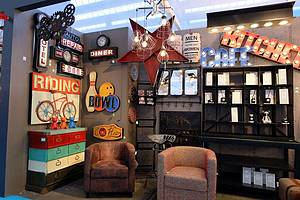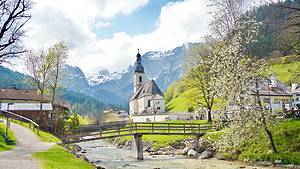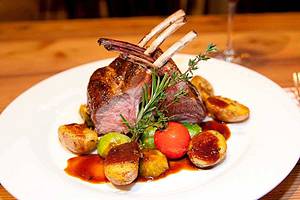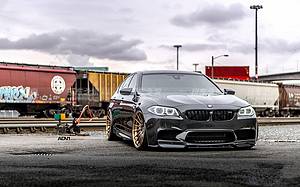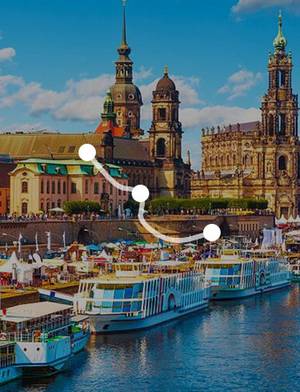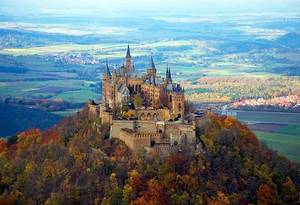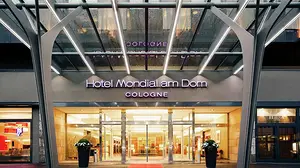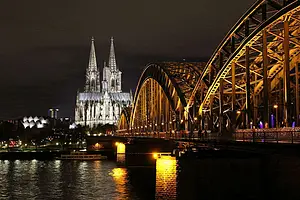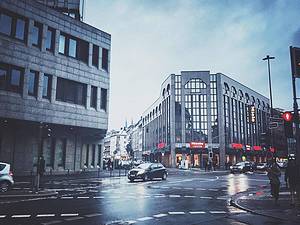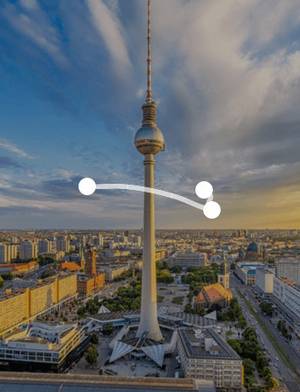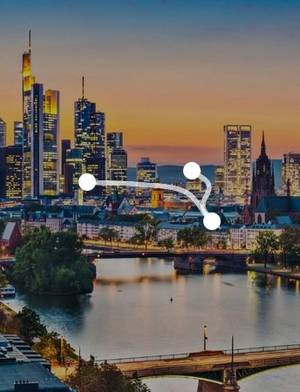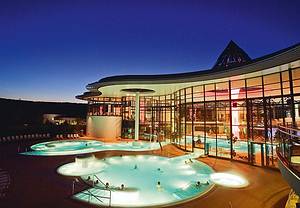Frankfurt-Berlin 3-Day Tour: History & Culture
2 cities |
6 attraction(s) |
total distance 432
km
 TIPS
TIPS
Day1
Day2
Day3
Day1: Frankfurt
2 attraction(s) ·
3 km
2
Palmengarten is located in the city center of Germany. It covers an area of over 20 hectares and is the largest botanical garden in the country. Designed and built by commercial horticulturist and landscape architect Heinrich Siesmayer in 1868, it has been open to the public since 1871. The garden features various themed parks and numerous glasshouses showcasing a wealth of plant species. Additionally, Palmengarten regularly holds themed exhibitions, welcoming individual visitors and guided tours for groups.
Day2: Frankfurt > Berlin
2 attraction(s) ·
423 km
1
This museum is known for its collection of modern art. It is a great choice for those who love modern art.
423
km
2
Brandenburg Gate is a landmark in Berlin, symbolizing the unification of Germany. It was built in 1791 in the Neoclassical style, modeled after the city gate of the Acropolis in Athens. The top of the gate features a bronze statue of the Victory Goddess with outstretched wings, holding a scepter adorned with an oak wreath, Iron Cross medal, and a soaring eagle, symbolizing victory in war. Facing east, Brandenburg Gate is the entrance to and the only preserved city gate of the old core area of Berlin. It has witnessed the rise and fall of German history. The Berlin Wall once stood to its west, dividing East and West Germany and preventing people from passing through for decades. Now, after recent restoration following the end of the Cold War, Brandenburg Gate and the surrounding Pariser Platz have become a popular tourist attraction in Berlin. On Pariser Platz, you will also find newly completed buildings such as the US Embassy and the famous Adlon Hotel.
Day3: Berlin
2 attraction(s) ·
5 km
1
Reichstag Building was built in 1894 and was once the seat of the German Empire and Weimar Republic's national parliament. However, on the evening of February 27, 1933, the Reichstag fire occurred, leading to the Nazi Party seizing control of the national parliament and plunging the entire country into the depths of World War II. During the division of Germany, the restored Reichstag Building was located in West Berlin, but the government had already relocated to Bonn. With the reunification of Germany, the Reichstag underwent renovations and added a distinctive glass dome, becoming the seat of the German Federal Parliament in 1999. The words "DEM DEUTSCHEN VOLKE" (To the German people) are inscribed on the western gate of the building.
5
km
2
A segment of the famous Berlin Wall, measuring 1.3 kilometers in length, is preserved in Berlin and is one of the most visited sections of the three remaining segments. Following the fall of the Berlin Wall in 1990 and the reunification of Germany, this section became a canvas for contemporary artists, with many artworks depicting political themes. After a renovation in 2009, the wall became even more beautiful and vibrant. During the summer, the area is transformed with beach chairs on the lawn, allowing visitors to enjoy the beach and sunlight. The once heavily guarded wall is now a cherished symbol of hope and fond memories.
